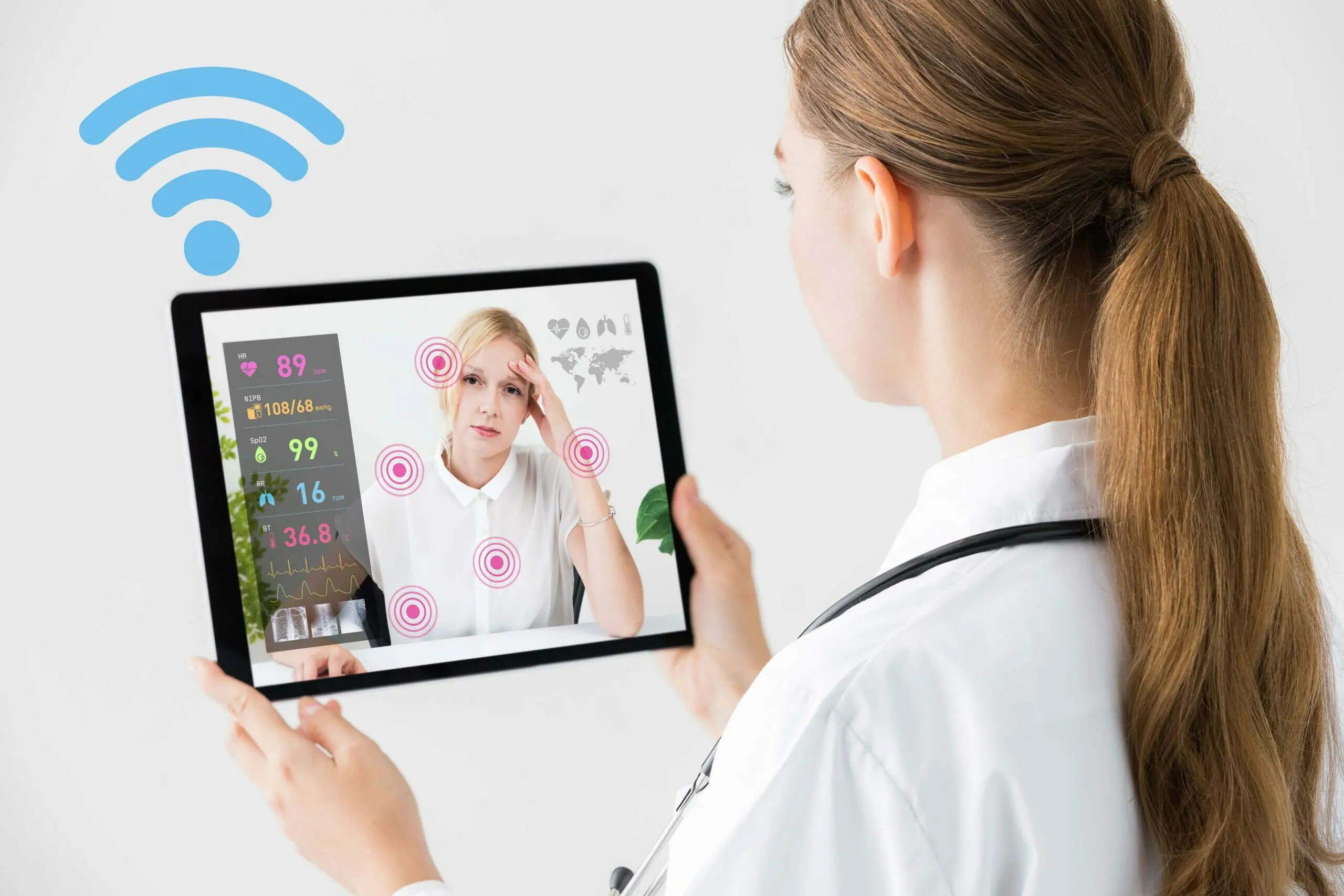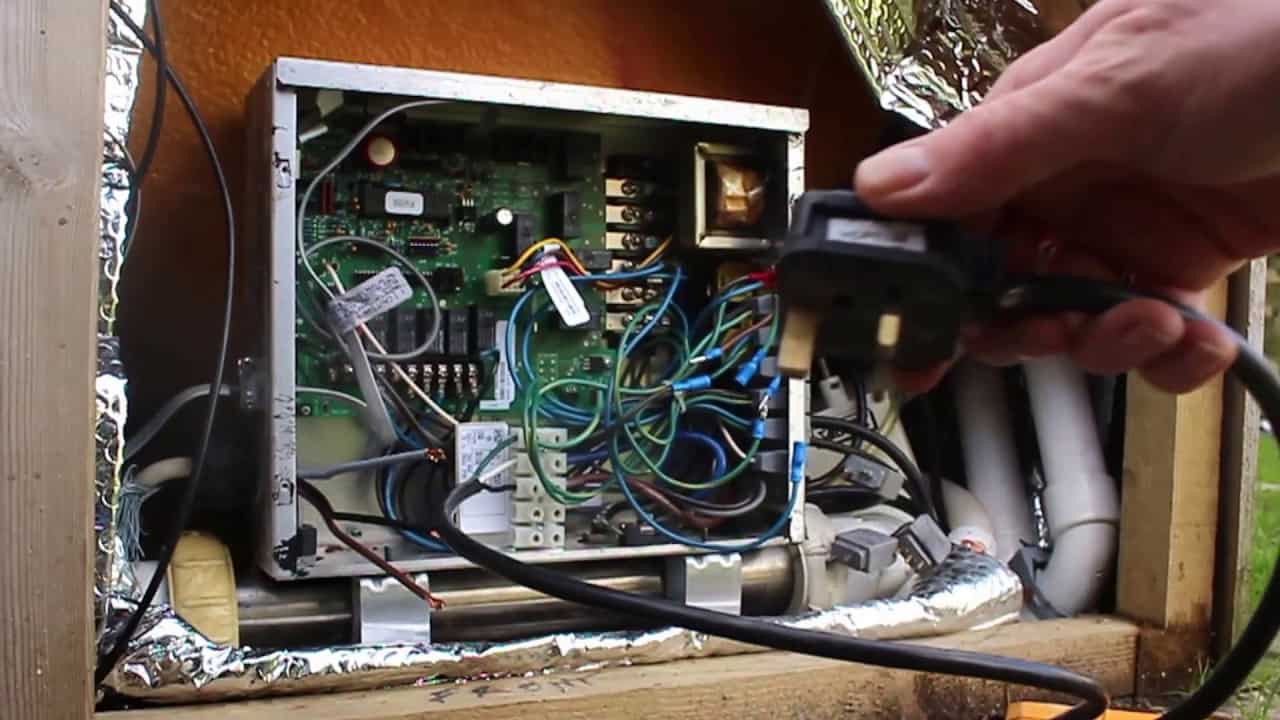Introduction to Patient Monitoring
Patient monitoring is a critical component of modern healthcare, ensuring that clinicians can track vital signs and health conditions in real time. Advanced technologies in Patient monitoring have transformed how clinics deliver care, enhancing patient safety, improving outcomes, and reducing the risk of medical errors. With the growing demand for efficient healthcare services, clinics are increasingly relying on innovative patient monitoring solutions.
Importance of Patient Monitoring in Clinics
Effective patient monitoring allows healthcare providers to detect early signs of deterioration in a patient’s condition. This timely intervention is essential for preventing complications and ensuring high-quality care. Clinics that implement advanced patient monitoring systems benefit from enhanced workflow efficiency and more accurate data collection. Patient monitoring also plays a crucial role in chronic disease management, postoperative care, and emergency response scenarios.
Types of Advanced Patient Monitoring Technologies
Wearable Devices
Wearable devices have revolutionized patient monitoring by allowing continuous tracking of vital signs such as heart rate, blood pressure, oxygen saturation, and temperature. These devices are non-invasive and provide real-time data, which can be integrated into the clinic’s central monitoring system for immediate analysis.
Remote Patient Monitoring Systems
Remote patient monitoring (RPM) enables clinicians to monitor patients outside the clinic setting. Through connected devices and mobile applications, healthcare providers receive real-time alerts if a patient’s condition changes. This technology is particularly beneficial for patients with chronic illnesses, reducing unnecessary hospital visits while maintaining continuous care.
Smart Bed and ICU Monitoring Systems
Advanced patient monitoring systems in intensive care units (ICUs) and hospital beds provide continuous surveillance of critical patients. These systems monitor multiple parameters simultaneously, alerting staff to any abnormal trends. The integration of AI algorithms in ICU monitoring improves predictive analytics and supports proactive interventions.
Telemetry Systems
Telemetry-based patient monitoring systems transmit vital signs wirelessly to a central station, enabling nurses and doctors to track multiple patients simultaneously. This technology enhances response times and reduces manual errors, improving patient outcomes in high-demand clinical settings.
Benefits of Implementing Advanced Patient Monitoring
Improved Patient Safety
Patient monitoring technologies allow for early detection of health deterioration, minimizing the risk of adverse events. Real-time monitoring ensures that clinicians can respond promptly to emergencies, ultimately saving lives.
Enhanced Efficiency and Workflow
Automated patient monitoring reduces the need for frequent manual checks by healthcare staff. This not only saves time but also ensures that patient data is consistently and accurately recorded. Clinics can allocate resources more efficiently, focusing on patient care rather than routine monitoring tasks.
Data-Driven Decision Making
Advanced patient monitoring systems collect comprehensive data that helps clinicians make informed decisions. Analytics tools provide insights into patient trends, treatment effectiveness, and risk factors, enhancing the overall quality of care.
Cost Reduction
By preventing complications and reducing hospital readmissions, patient monitoring technologies contribute to significant cost savings. Clinics can optimize resource allocation and reduce unnecessary procedures, creating a more sustainable healthcare model.
Integrating Patient Monitoring in Clinical Practice
Successful integration of patient monitoring technologies requires proper staff training and workflow adjustments. Clinics must ensure that healthcare providers are proficient in using monitoring devices and interpreting the collected data. Integration with electronic health records (EHRs) enhances the utility of patient monitoring, allowing seamless access to patient histories and real-time metrics.
Challenges in Patient Monitoring Implementation
Despite its advantages, implementing advanced patient monitoring systems presents challenges. These include the initial cost of devices, data security concerns, and the need for ongoing maintenance. Clinics must also address potential resistance from staff and ensure that patient monitoring technologies are compatible with existing healthcare infrastructure.
Future Trends in Patient Monitoring
The future of patient monitoring lies in the integration of artificial intelligence, machine learning, and predictive analytics. Wearable sensors will become more sophisticated, providing comprehensive health insights. Remote patient monitoring will expand, enabling personalized care plans and early intervention strategies. These advancements will further enhance patient safety and improve clinical outcomes.
Conclusion
Advanced technologies in patient monitoring are reshaping the landscape of healthcare in clinics. From wearable devices to telemetry systems and remote patient monitoring, these innovations improve patient safety, streamline clinical workflows, and provide actionable data for informed decision-making. By embracing these technologies, clinics can deliver high-quality care, reduce costs, and stay ahead in an increasingly technology-driven healthcare environment. Continuous advancements in patient monitoring will ensure that clinics can meet the evolving needs of patients while maintaining excellence in healthcare delivery.



